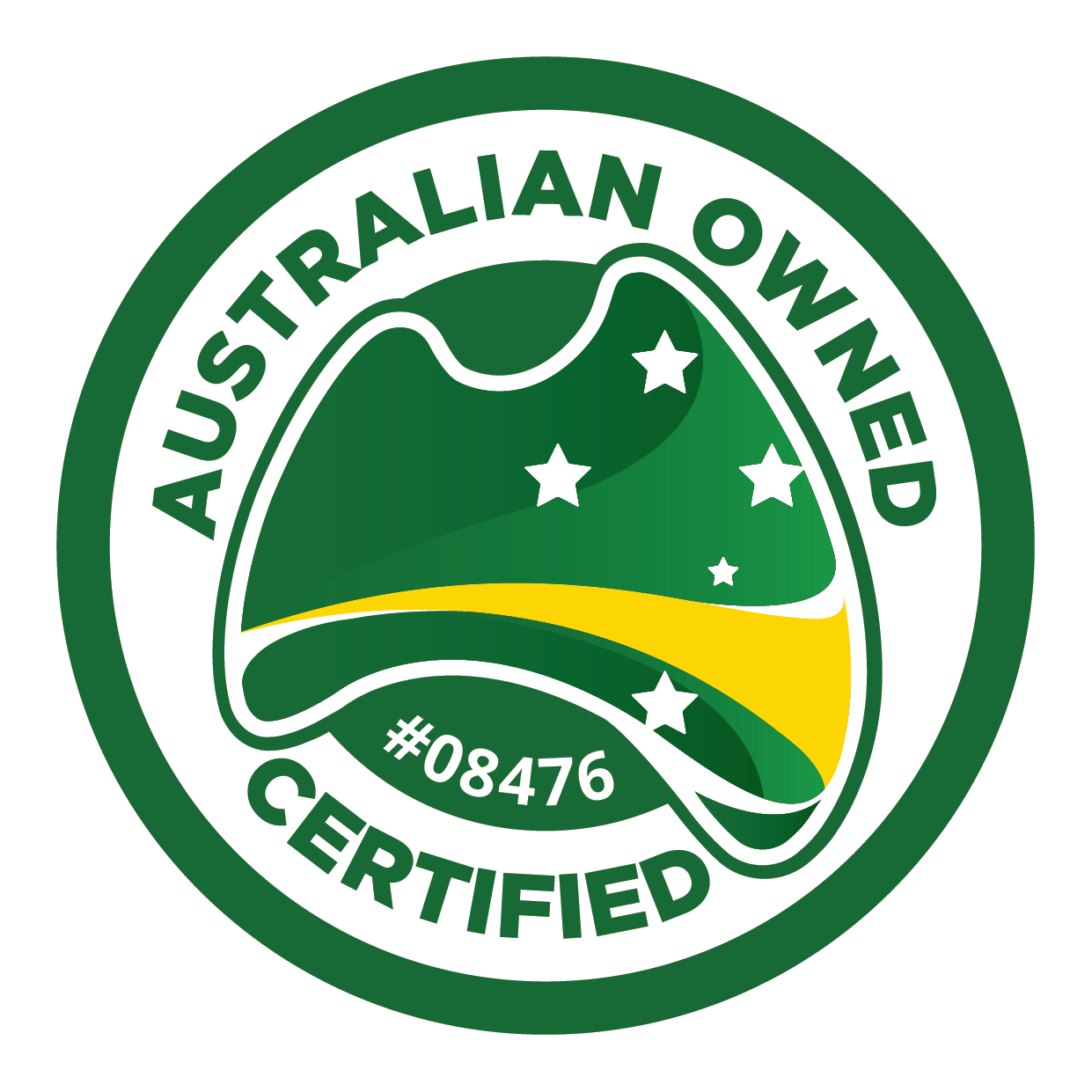21 February 2022 ABL's Guide To Buying A Disposable Mask That Passes A Fit Test
Need A Disposable P2 Mask That Passes A Fit Test?
Not Sure Which Disposable P2 Mask To Buy?
ABL Offer Quantitative Fit Testing Services And Can Help With All Your Questions!
Since the onset of the COVID-19 pandemic in Australia the terms face masks, respirator, P2, N95, KN95, medical mask etc. have become familiar to everyone.
But do you know what these items actually are?
Did you know that these are just broad terms for respiratory protection products?
Did you know that each of these products offer different levels of protection?
Did you know that for industry use these products need to be 'Fit Tested'?
Different Styles Of Disposable P2 Respirators
1. 'Duckbill' Mask aka. Horizontal Flat Fold  |
2. 'Moon' Mask |
3. Vertical Flat Fold Mask (Heads Straps) |
4. Vertical Flat Fold Mask (Ear Straps) |
5. 3 Panel Flat Fold Mask |
Which P2 Disposable Mask Best Passes A Fit Test?
Although each of these masks are are certified as P2/N95, these certifications are based on filtration of the mask materials and NOT the fit on a person.
You may think that when you buy a P2 mask it will offer you the level of protection advised in the Australian Standards.
If your mask does not 'FIT' this is not the case.
To get the full protection capabilities of any respirator it needs to fit your face size and shape correctly. This can only be determined by conducting a Respiratory Fit Test.
When looking at P2 disposable masks the 3 Panel Flat Fold P2 Disposable Masks in our experience have the highest pass rate of any disposable respirators.
The style of a 3 panel flat fold mask better conforms to the wearers face compared to the likes of the other styles listed above.
When correctly fitted the 3 panel style masks sit below the wearers chin, and high on the wearers nose whilst still allowing the wearer to easily breath.
By sitting in these areas the mask is on flatter, less rigid areas of the wearers face and therefore helping prevent any unwanted gaps and an incorrect fit.

Now we aren't saying that the other styles cannot pass a fit test - ABL has had many customers tested on disposable respirators and we have passed people on every style.
We are however advising that in our experience the 3 panel flat fold style respirator passes a Quantitative Fit Test at a much higher pass rate and is less likely to need additional adjustments than these other styles.
Here at ABL we offer the 3 Panel Flat Fold Disposable Respirator style to our customers wanting a disposable respirator as we know from experience that these offer the highest level of protection and best fit.
What Is A Quantitative Fit Test And Why Is It Important?
Quantitative Fit Testing measures the amount of air leaking through any gaps in the seal of the wearers facepiece.
Quantitative testing is much more reliable and accurate when compared to Qualitative testing, this is because it does not rely on ones sense of taste and smell, which may be hindered unbeknownst to the individual themselves or the assessor.
Quantitative testing is performed by a qualified fit test assessor using machines such as PortaCount or Accufit. These machines provide a numerical measurement of the particles inside the mask.
The Australian guidelines state where there is a high probability of airborne transmission due to the nature of the infectious agent or procedure then a correctly fitted P2 respirator should be worn.
It is ABL Distributions goal to spread awareness of the harm that inhaling fumes, chemicals, dusts and certain particles can cause to your health, as they may be harmful.
We know that gases, vapors, and particles will take the path of least resistance, so ultimately, just wearing your respirator without having it fit tested first, could be just as ineffective as not wearing a mask at all.
At ABL Distribution we ensure that your respiratory protection is best fit to your own individual face, and we want you to walk out knowing how to correctly put on your respirator without any assistance.
What Is The Difference Between A Single-Use Mask And A P2 Respirator?
A simple way of explaining it is a P2 respirator will protect you while you breathe in, filtering the air as it passes through the respirator, whilst a face covering or single-use mask will only protect those around you as you talk, cough or sneeze.Essentially a P2 respirator protects against air coming in and air going out, whilst a face covering or single-use mask only protects against air going out.
Because face coverings and single-use masks fit loosely on the face, they do not provide respiratory protection to the wearer since small particles in the air (from a cough, sneeze etc.) can leak in around the edges.
When correctly fitted, disposable P2 respirators can help reduce your exposure to airborne particles. P2 respirators form a tight seal around the wearers face therefore making it harder for particles to be inhaled by the wearer.





 © ABL Distribution 2025. All Rights Reserved.
© ABL Distribution 2025. All Rights Reserved.